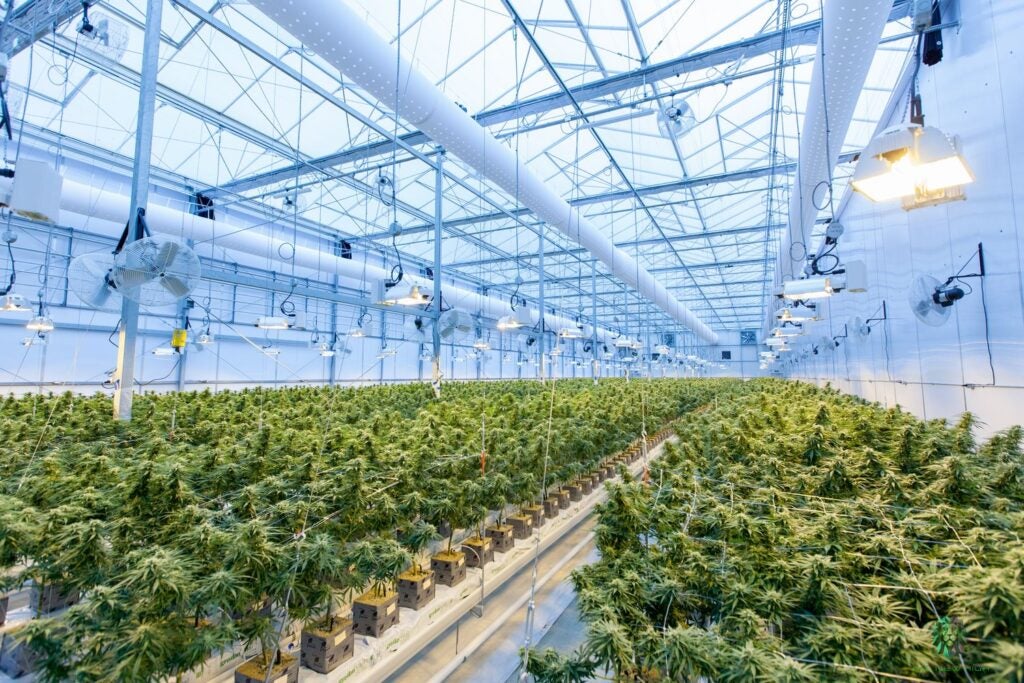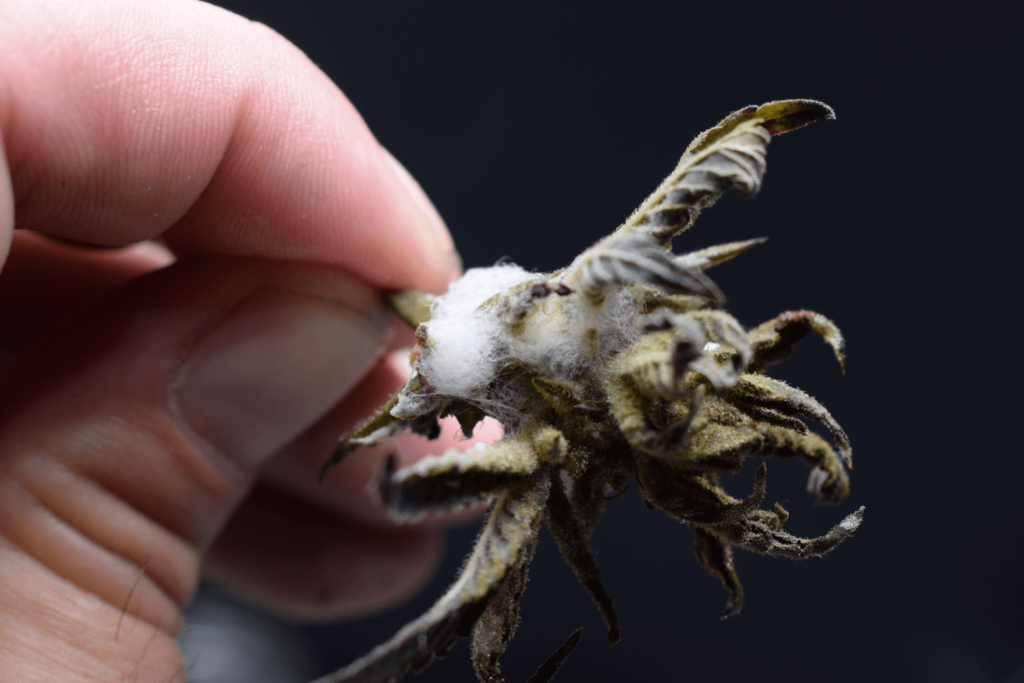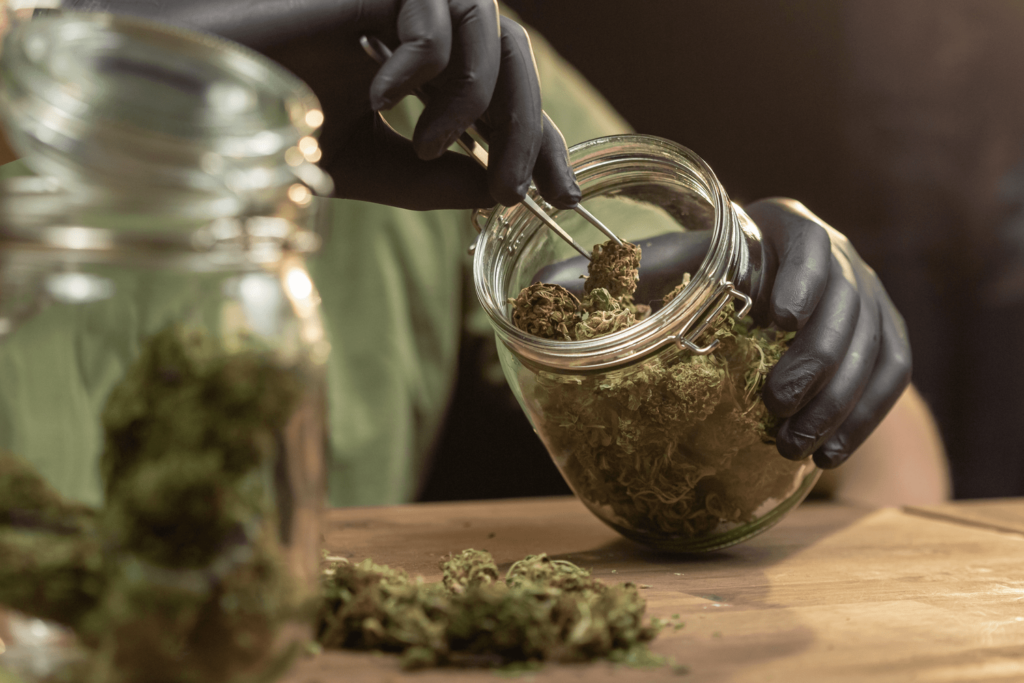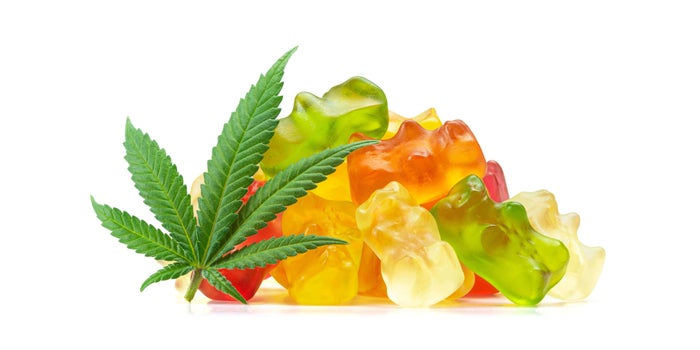Table of Contents
- What is Weed Mold?
- Causes of Weed Mold
- How to Know If Weed is Molding
- Why Weed Mold is Dangerous
- How to Prevent Moldy Weed
- How to Get Rid of Mold in Weed
- Final Thoughts on Preventing Weed Mold
Is that… mold?! We sometimes forget that weed – like any other organic substance – can be prone to unwanted mold and mildew. But how do you know if your weed’s gone bad?
When stored properly with controlled humidity, dried cannabis can stay safe for consumption anywhere from 6 months to a year. However, being an organic substance means that weed is susceptible to growing various forms of mold and mildew.
We’re sharing the different types of mold you can find on your weed, signs your stash has gone bad, and how to prevent your weed from going south.
Here’s how you can check for weed for mold and what you can do if you find it.
What is Weed Mold?
Weed doesn’t just grow on abandoned veggies in your fridge crisper or forgotten Tupperware. It can also appear on your stash.
Molds are a range of species of fungus that can grow on damp or decaying organic matter. Unfortunately, that includes cannabis plants. Smoking moldy weed can be hazardous to your health, so it’s especially important to be vigilant and watch out for unsafe, moldy weed.
There are a variety of different types of mold. Some of them can be dangerous, and even more so when inhaled. Due to the organic nature of cannabis plants, they’re a great host for fungi organisms such as Botrytis, Rhizopus, Aspergillus, and Mucor.
Causes of Weed Mold
If you notice moldy fungus-like growth on your plants, there are a few likely causes. Some common causes of mold growing on weed include:
- Too much moisture.
- Insufficient storage methods.
- Grower inattention.
Mold can quickly grow on your weed when the environment is too humid. Moisture in the air or a lack of proper air circulation is a common cause of moldy weed. Weed grown in warmer, humid climates may also have a higher chance of developing mold during the cultivation, harvesting, and packaging process.
Depending on the type of weed, your storage method can also be a cause of mold growing on your plants.
Although cannabis growers test their plants for contamination and mold, mistakes can happen. That said, the majority of Canadian growers and producers maintain properly tested environments for safe and clean plants to flourish.

Moisture and a lack of air circulation is the most common cause of moldy weed. Growers and producers maintain a properly tested environment to grow safe and clean plants.
How to Know If Weed is Molding
How do you spot moldy weed? It first helps to know what moldy weed looks like. Simply inspecting your weed for mold doesn’t always work. Mold can be hard to see! Identifying moldy weed requires the use of multiple senses!
The 5 Signs of Moldy Weed
Even if your weed hasn’t been sitting around for over 6 months or a year, it’s still a good idea to check it for mold before consuming it. Here are a few ways to inspect your cannabis for mold.
Smell. Unaffected cannabis plants should smell healthy and earthy. Moldy weed will often give off a musty smell akin to sweat or hay found in a barn.
Feel. Roll your weed between your fingers. Dried flower should have a distinct dry and crispy texture. If the weed feels damp, spongy, or moist, it could be a sign of mold
Look. Although often difficult to spot, weed mold usually appears as a white powdery substance on your flower. It can also present as fuzzy spots.
Taste. Although this isn’t a good idea if you already suspect weed of being moldy, weed gone bad will likely have a taste that is noticeably “off”.
Physical Symptoms. Another indication of moldy weed can be physical symptoms. Are you feeling sick or experiencing a sore throat or cough after consuming your weed? That could be a sign of mold!
What Does Weed Mold Look Like?
Mold on weed doesn’t have a single look but a variety of characteristics. Weed mold can be green, grey, black, or white.
Moldy weed can have clusters of fuzzy patches or a cobweb-like substance layered over the buds or flowers of the cannabis. A few signs to watch out for that could indicate moldy weed are:
- Powdery white mildew
- Cobweb layers over buds
- Discolouration
- Visible spores
- Dark patches on buds
- Patches of fuzz (any color)
Some consumers misinterpret the powdery white mold on weed as keif dust or powder. That’s because to the naked eye, mold can sometimes look a lot like trichomes.
Sometimes, however, weed mold isn’t visible to the eye at all!

Moldy weed can sometimes have fuzzy patches or a cobweb-like substance on the cannabis bud.
Why Weed Mold is Dangerous
Moldy weed is a potential health hazard. Weed that’s taken a turn for the worse should be avoided – and definitely not smoked or consumed.
When mold grows on your weed, the plant’s chemical makeup has been altered by the fungi. This means that it’s no longer safe to consume. Moldy spores contain toxins and bacteria that can be harmful to your body in a few different ways.
Breathing in or inhaling mold can also cause bodily reactions such as:
- Coughing or sneezing
- Sore throat
- Congestion and sinus pain
- Flare ups of pre-existing allergies
And in more serious cases for people with existing conditions, breathing mold can trigger difficulty breathing, headaches, or nausea.
If inhalation of moldy spores continues over time, the toxins can cause more severe conditions such as pneumonia and lung infections.
How to Prevent Moldy Weed
Keep your weed safe from mold. To ensure your weed stays in top shape for as long as possible, maintain proper storage and choose cannabis products from a reliable dispensary.
Proper Weed Storage Containers
As you’ve probably guessed, plastic zip-lock baggies are not the best method of weed storage.
Avoid plastic altogether. The static in plastic bags and containers can mess with the trichomes of cannabis plants, deteriorating potency over time.
One of the best at-home weed storage options is a glass jar with a sealed lid. Weed storage containers should be air-tight.

The best way to store weed is to use glass jars with a sealed lid.
Control Temperature, Humidity, and Moisture
It’s essential to make sure you’re not storing moisture inside the jar with your weed. This can lead to unwanted mold and mildew growth. Here are a few tips for keeping weed safe and mold-free.
- An ideal humidity level for weed storage is between 59 and 63 percent.
- Maintain a temperature hovering around 25 degrees Celsius.
- To avoid trapping moisture or humidity in your weed jar, open the lid once in a while for better air circulation.
- Store weed containers in a cool, dry environment, away from direct sunlight.
- If you live in a humid climate, opt for cannabis products native to your geographic region – they’re more likely to have genetic factors allowing for sustainability at local temperatures.
Can I Keep Weed In the Freezer?
Although storing weed in your freezer can help it stay good for longer, it can have effects on the potency of your product. Freezing temperatures can also cause the trichomes on the plant to freeze, making them brittle and more easily crushed during handling. Your weed can also be exposed to moisture in the freezer.
Choose the Right Weed
Another great way to ensure your weed stays good longer is by picking out high-quality products from a reputable source. Here are a few cannabis strains that are naturally mold-resistant, thanks to genetics
- Afghan Kush
- Thai Sativa
- Colombian Gold
- Durban Poison
Hybrid cannabis flower made with these strains can also be more likely to resist mold and mildew when stored in the proper environment.
>How to Get Rid of Mold in Weed
Once the weed has started growing mold that’s visible or noticeable using the inspection methods listed above, you should dispose of it. Moldy weed is harmful and shouldn’t be consumed.
Before mold starts to grow, however, weed exposed to moisture can sometimes be saved.
Baking Weed to Get Rid of Mold
Baking weed that’s been exposed to moisture can help dry it out. But keep in mind that this doesn’t necessarily eliminate existing mold spores, and the weed can still be harmful if consumed and even spread to other organic surfaces.
Cutting Off Weed Mold
Although simply trimming off moldy areas would be ideal, it’s not the same as dealing with aged cheese.
You can’t cut off the mold from weed and then consume the rest. The entire plant or flower that’s been stored with the affected spots will be contaminated with mold and should be disposed of.
Final Thoughts on Preventing Weed Mold
Don’t try your luck with moldy weed. The adverse effects to your health are not worth the risk. Consuming mold weed can have hazardous effects and, in some cases, serious health concerns.
Your best bet if you notice signs of mold on your weed is to get rid of it and replenish your stock.
To avoid having to toss moldy weed, invest in quality cannabis products, establish proper storage environment, and do your best to control the temperature and humidity of your weed storage.
Always check your weed for mold before consuming. Besides the safety of your health, smoking clean, mold-free weed is just an overall better experience.
Resources
The Simple Ways – How To Check Your Weed For Mold
MLive: Mold is all around us
Healthline: How to tell if cannabis is past its prime



